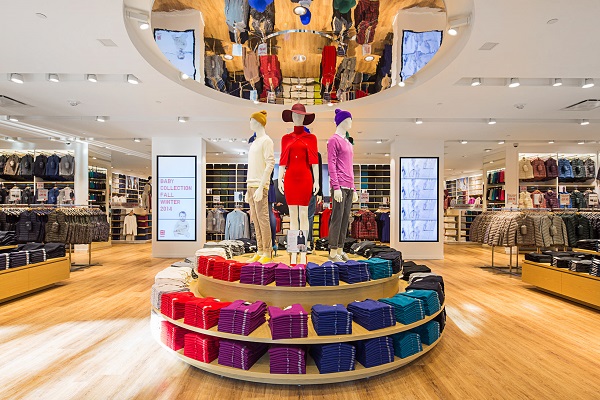There often seems to be confusion between what is a retail concept and retail design – or sometimes even more confusing when reference is made to a design concept.
A retail concept is really about combining a whole range of ideas and aspects, with design being one of these.
Some aspects would include location, the nature of the business, the target market etc., all giving rise to a strategy.
With design, design drawings are produced in order to describe something to be made so that the concept can manifest in a built form – in this case a shop or retail space all of which can be thought of as a “selling environment”.
A design concept is more abstract, it is about visual ideas which will be converted into design drawings. It is not the retail concept, only portion thereof.
The purpose of a retail concept is to house, display and sell goods and services and in consequence realise a return on investment. Retail concepts are in essence a combination of marketing and design. The retailer needs to be correctly positioned in the market and needs to communicate and service that position.
A Retail Concept needs to be: 
Innovative, Practical, Cost Effective, Results Driven
In order to achieve the above, the following steps need to be followed which are intended to objectify and demystify the process:
Research:
What is required to operate successfully in the future and not on historical practices. Definitely not whimsical.
Strategy:
- Who is the customer and why would they choose to shop at a particular store?
- Is it because of service, specialty, convenience, leisure, value?
- Is it because of the distinctive products and/or services?
- Whatever the strategy, consumer behaviour, demographics and psychographics need to be considered, which depending on the application may also need to be experiential and entertaining.
Identity
In support of the strategy an appropriate name and strong identity need to be developed which can be carried through the many facets of the retail concept.
The Concept
The integrated concept should reflect through the 3- dimensional selling environment the nature and purpose of the business. This should not be just a look but a complete experience. This is done via store design, signage, graphics and in-store communications, branding, and fixturing and merchandising.
Flexibility
Allowance should be made for ongoing change in type and number of products and /or services, and the display systems should allow for this.
Feedback
When the project is complete, and trading has occurred, it is a good time to review the concept/project, and refine it, especially if a roll out is planned.
Thereafter, to continually monitor the concept by critique and feedback from staff and the customer. Test and measure performance. Adjust and modify.
Training
Staff need to be trained in the use of the concept and this may be a one-off or on an ongoing basis.
To find out more, visit www.spaceplanningconcepts.com.au.


